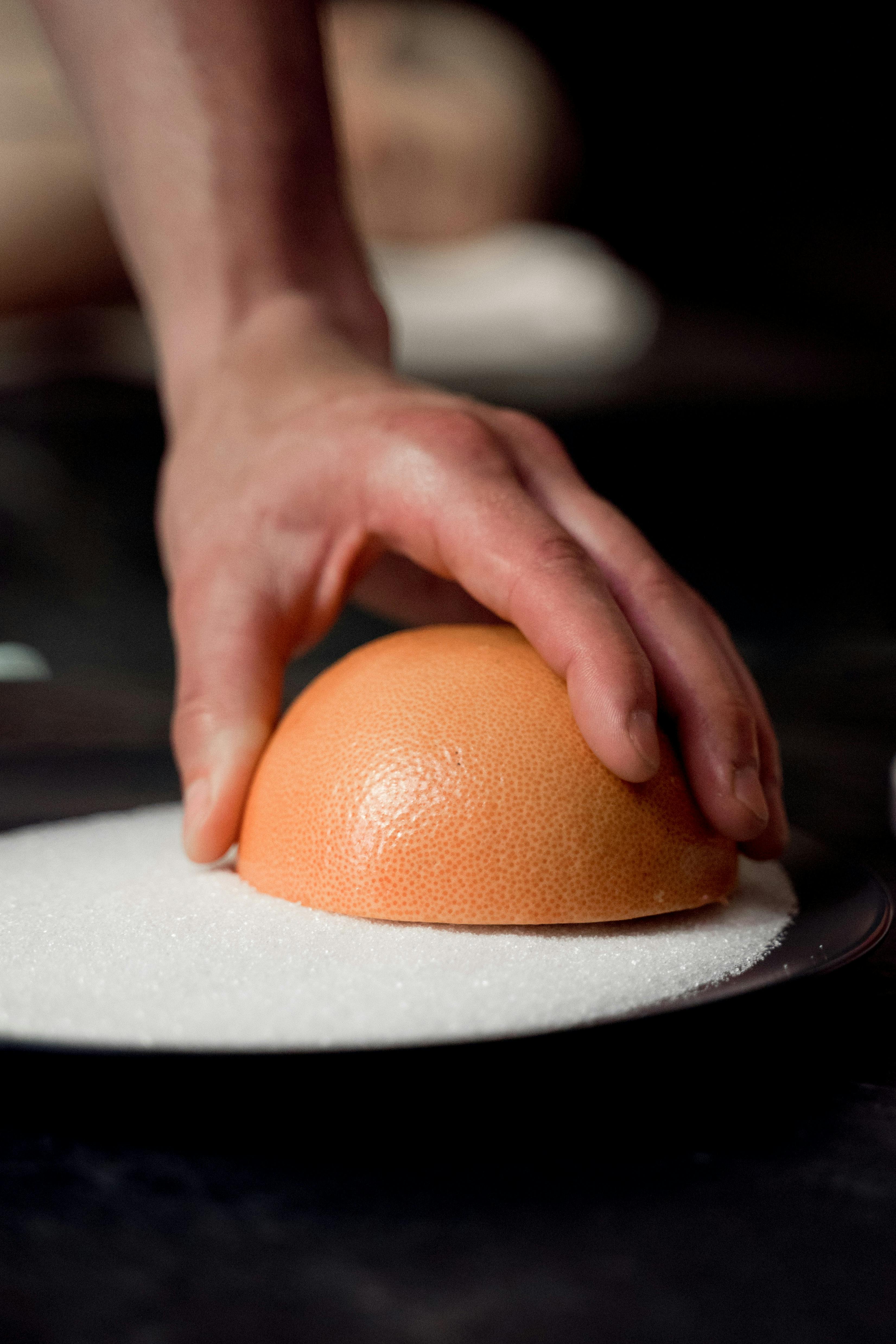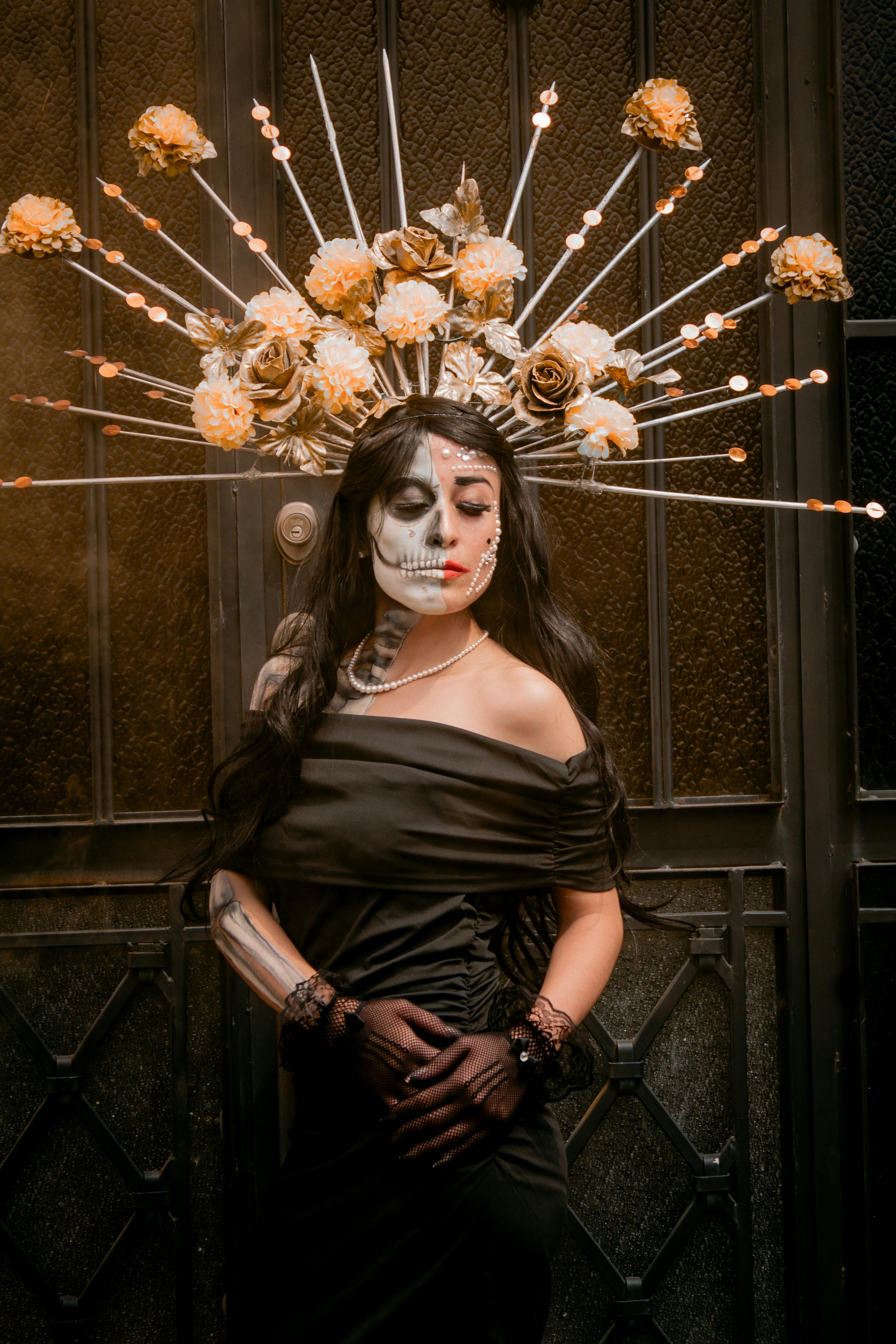Black Beauty Sugar Glider: A Complete Guide to Care and Facts
Are you considering adding a black beauty sugar glider to your family? This exotic and captivating pet offers more than just a charming appearance. With their playful nature and unique behaviors, they’re growing in popularity among pet owners. In this guide, we’ll delve into everything you need to know about the black beauty sugar glider, from their care requirements to advanced techniques for enhancing their wellbeing.

Understanding the Fundamentals
The black beauty sugar glider is a unique variety of the common sugar glider, characterized by its striking dark-colored fur. Like other sugar gliders, these animals are nocturnal, arboreal, and have a strong instinct to glide through the air. It’s crucial to understand their origins and behaviors before taking on the responsibility of caring for one.
Historically, sugar gliders hail from Australia and New Guinea, where they’ve adapted to life in the wild. The black beauty variety is relatively rare but has been bred specifically for its deep, melanistic coat. Their social nature and need for interaction make them an ideal exotic pet for the right owners.
1.1 Sugar Gliders’ Natural Behavior
Sugar gliders, including the black beauty sugar glider, are known for their gliding abilities, which they use to travel from tree to tree in the wild. Their glide can span up to 50 meters (164 feet), depending on the conditions. This remarkable skill is an essential part of their survival, helping them avoid predators and find food sources.
In captivity, their instincts to glide and explore remain strong. A secure, spacious environment that allows them to glide safely is crucial. They also enjoy climbing, leaping, and interacting with their owners, making them active and playful companions.
1.2 Social Nature and Bonding
One of the most significant aspects of owning a black beauty sugar glider is understanding their social nature. These creatures are highly social and thrive in groups, often forming strong bonds with their human caretakers. In the wild, they live in small family groups, and they need interaction to stay happy and healthy in captivity.
Bonding with your sugar glider requires patience and consistency. Regular handling and positive reinforcement help build trust, which is essential for creating a long-lasting relationship with your pet. Keep in mind that these creatures can become stressed or depressed if they’re not given enough attention or if kept alone.
Practical Implementation Guide
Now that we understand the basics, let’s explore how you can successfully care for a black beauty sugar glider. Creating the right environment and providing for their unique needs is essential for their health and happiness.

2.1 Actionable Steps
- Step 1: Create an ideal habitat: A spacious cage with vertical space is essential. Provide climbing structures, such as branches and ropes, and include hiding spots for your glider to feel secure.
- Step 2: Feed a balanced diet: Black beauty sugar gliders require a variety of foods, including fruits, vegetables, and specially formulated sugar glider pellets. Offer them a diet that mimics their natural food sources.
- Step 3: Daily interaction and bonding: Spend time with your sugar glider every day. Gradually increase the time spent handling them, starting with short sessions and building trust over time.
2.2 Overcoming Challenges
Like any exotic pet, owning a black beauty sugar glider comes with its challenges. Below are common obstacles you may encounter and how to overcome them:
- Separation anxiety: Sugar gliders can become stressed if left alone for extended periods. This can be mitigated by having more than one glider or ensuring daily interaction with them.
- Dietary needs: Feeding your glider a well-rounded diet can be difficult. If you’re unsure, consult an exotic pet vet to ensure they’re getting the right nutrients.
- Escape artists: Sugar gliders are known for their ability to escape enclosures. Ensure their cage is escape-proof and free from gaps or weak points.
By addressing these common challenges, you can ensure a safe and comfortable environment for your black beauty sugar glider.
Advanced Applications
For those who are more experienced or looking to take their sugar glider care to the next level, there are advanced techniques that can enhance your pet’s life. These applications will improve their physical and mental well-being.

3.1 Advanced Technique 1: Enrichment Activities
Providing your black beauty sugar glider with mental and physical enrichment is essential for their overall well-being. Consider activities such as puzzle feeders, training exercises, or setting up play areas with varying textures and obstacles to keep them mentally stimulated.
Case studies have shown that sugar gliders who engage in enrichment activities are less likely to develop behavioral problems such as biting or stress-related disorders. These activities not only improve their quality of life but also strengthen the bond between you and your pet.
3.2 Advanced Technique 2: Multi-Pet Households
If you have multiple sugar gliders, you can create a dynamic social environment that mirrors their natural habitat. This is an excellent way to reduce loneliness, especially for black beauty sugar gliders, which thrive in small groups.
However, integrating new gliders requires careful planning. Ensure each glider has its own space and introduce them slowly to prevent territorial disputes. Monitor their behavior closely to ensure they are comfortable with each other.
Future Outlook
As the popularity of exotic pets continues to grow, the black beauty sugar glider is likely to become even more sought after. Advances in breeding techniques and care methods will provide future pet owners with more information on how to raise healthy, happy sugar gliders.
In the next 3-5 years, we can expect to see more specialized diets, improved habitat designs, and advanced training methods that cater specifically to sugar gliders. Being aware of these trends will help you stay ahead in providing the best care possible for your black beauty sugar glider.
Conclusion
To summarize, the black beauty sugar glider is an intelligent, social, and playful exotic pet that requires dedicated care. By understanding their behavioral needs, providing a proper habitat, and offering enrichment, you can ensure they live a long, healthy life. Bonding with them is key to their happiness, and advanced care techniques can help take their well-being to the next level.
If you’re ready to adopt a black beauty sugar glider, make sure you’re prepared for the responsibility. Start by setting up their home, feeding them the right diet, and establishing a routine of daily interaction. This will lay the foundation for a fulfilling relationship with your new exotic pet.
Frequently Asked Questions
- Q: What do black beauty sugar gliders eat? Black beauty sugar gliders thrive on a balanced diet of fruits, vegetables, and specialized sugar glider pellets. They also enjoy protein sources like eggs and insects.
- Q: How do I bond with my black beauty sugar glider? Spend time with them daily, handling them gently and offering treats. Gradually increase the time spent together to build trust.
- Q: How much time should I spend with my sugar glider? At least 1-2 hours per day. They need regular interaction to stay mentally and emotionally healthy.
- Q: What is the cost of a black beauty sugar glider? Prices range from $200 to $400, depending on the breeder and location. Additional costs include cage setup, food, and veterinary care.
- Q: Are sugar gliders easy to care for? While they are relatively low-maintenance, sugar gliders do require a commitment to their care. Ensuring they have a proper diet, space, and interaction is essential.
- Q: Can I keep more than one black beauty sugar glider? Yes, sugar gliders are social animals and do well in pairs or small groups, provided there’s enough space for each to feel secure.
- Q: How long do black beauty sugar gliders live? With proper care, they can live up to 10-12 years, making them a long-term commitment.
